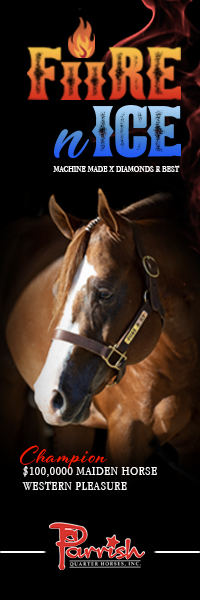Chemo is a Go For Treating Equine Lymphoma
June 27, 2019 Comments Off on Chemo is a Go For Treating Equine Lymphoma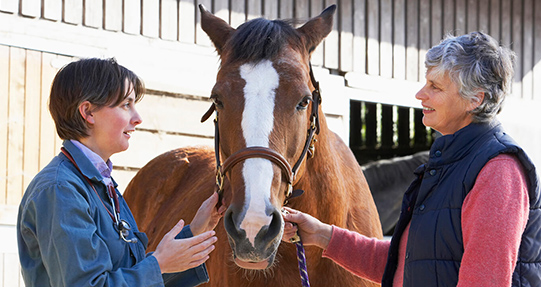
“Until now, we didn’t have research supporting the idea that chemo works for equines,” said Luethy. “There were studies on specific chemo drugs but nothing covering a range of chemotherapeutic protocols. The goal of our study was to understand whether chemo prolongs life for horses with the disease.”
Continue reading …Research Has Identified New Equine Color Genes- Splash White 5 and Sunshine Dilution
June 25, 2019 Comments Off on Research Has Identified New Equine Color Genes- Splash White 5 and Sunshine Dilution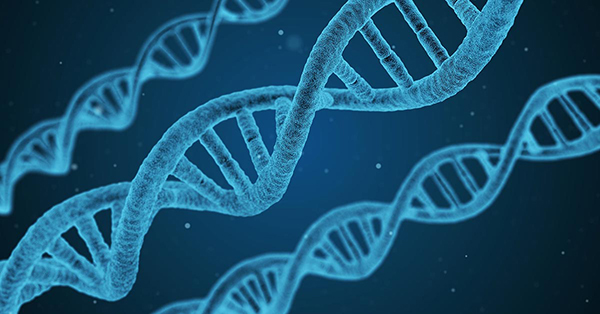
Splash White 5 was identified in a group of related French Paint Horses—these horses, a stallion and seven of his daughters, had white spotting that resembled existing Splash White patterns, but they tested negative for the four existing alleles that create those coat patterns as well as other white spotting patterns. Whole genome sequencing helped identify a new Splash White spotting pattern in these horses, created as a result of a genetic deletion of the MITF gene—the MITF gene is the same location where two other Splash White spotting patterns (Splash White 1and Splash White 3) reside. The research, led by J. Henkel of the University of Bern (Switzerland) Institute of Genetics, was published in the April 2019 issue of Animal Genetics—read the study’s abstract and full-text online. Since then, Splash White 5 has been identified in U.S.-based Paint Horses, as well.
Continue reading …15 Tips For Hauling Horses During Summer Heat
June 21, 2019 Comments Off on 15 Tips For Hauling Horses During Summer Heat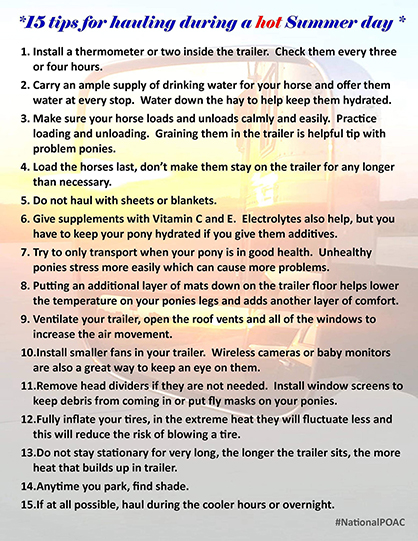
#6- Give supplements with Vitamin C and E. Electrolytes also help, but you have to keep your pony hydrated if you give them additives.
Continue reading …SmartPak Increases ColicCare Coverage to $10,000
June 18, 2019 Comments Off on SmartPak Increases ColicCare Coverage to $10,000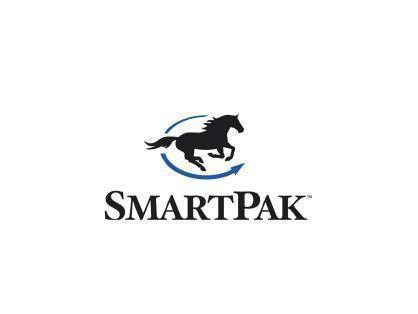
“Generally, the need for colic surgery comes as a moment of crisis when expensive decisions have to be made immediately,” said Margaret MacHarg, DVM, MS, DACVS, Kendall Road Equine Hospital. “With ColiCare the owner can be confident that they are protected financially which helps them focus on their horse’s needs.”
Continue reading …Vaccination is Most Effective Way to Manage Hendra Virus
June 15, 2019 Comments Off on Vaccination is Most Effective Way to Manage Hendra Virus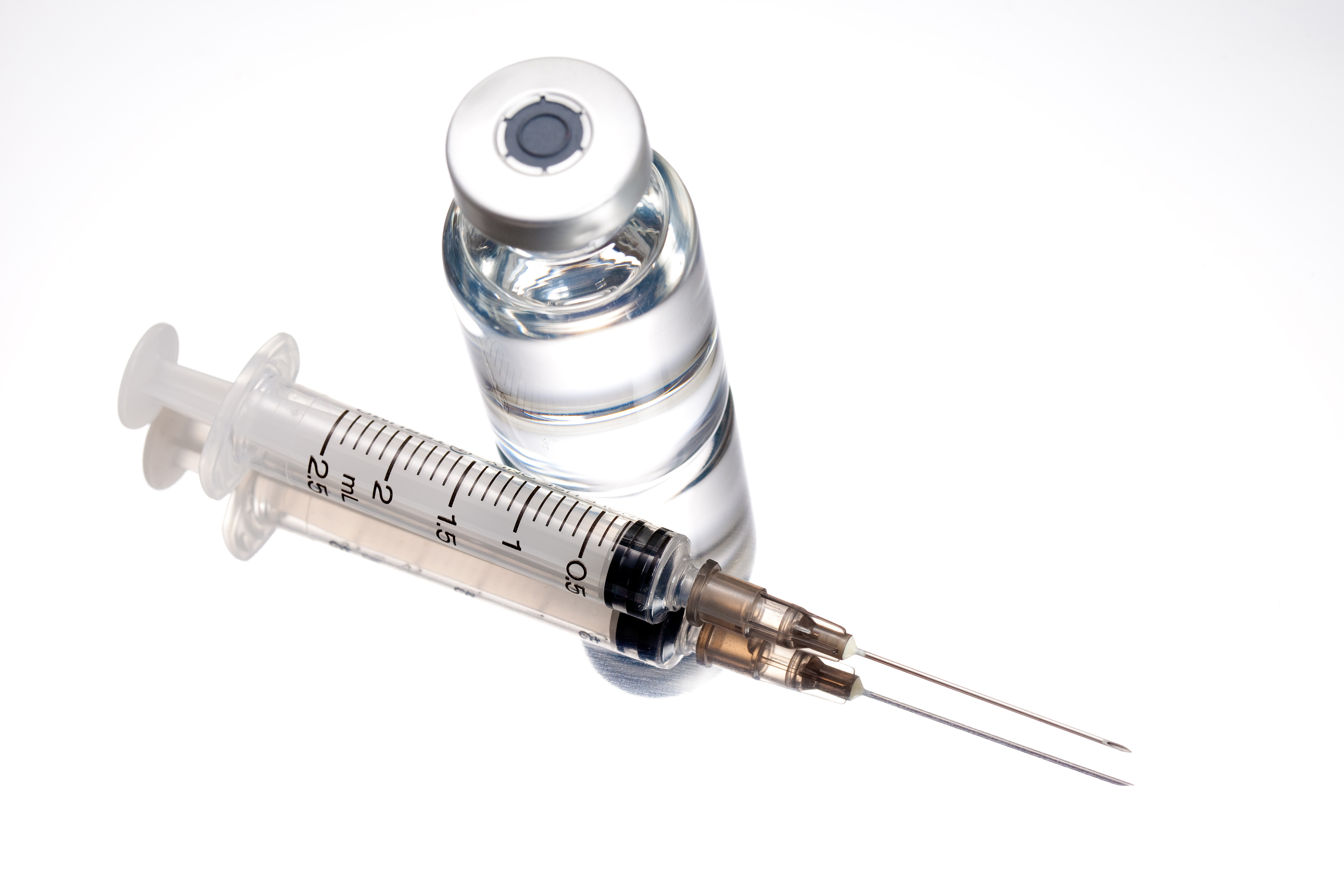
“The risk this disease poses to human health is also very real with seven confirmed cases in people leading to four deaths. So, it’s important that the horse community remains vigilant in protecting both horses and people from Hendra,” she said.
Continue reading …Study Shows Temporary Lameness Can be Caused by Poor Rider/Horse Body Weight Ratio
June 10, 2019 Comments Off on Study Shows Temporary Lameness Can be Caused by Poor Rider/Horse Body Weight Ratio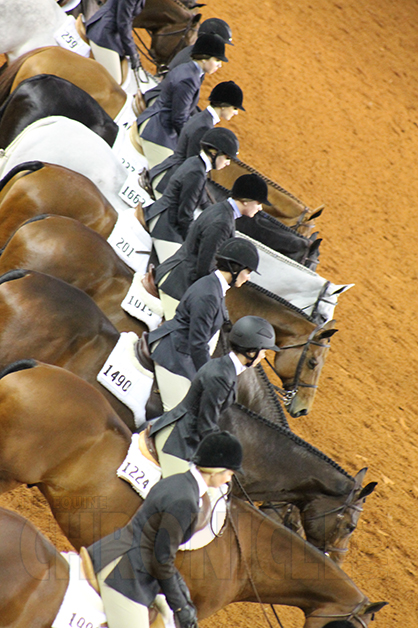
Six horses were used for the study. All were in regular work and were not lame. They were ridden by each of four riders of differing weights: Light (L), Moderate (M), Heavy (H) and Very Heavy (VH).
Continue reading …You Be the Judge- How Would You Place This Class?
June 8, 2019 Comments Off on You Be the Judge- How Would You Place This Class?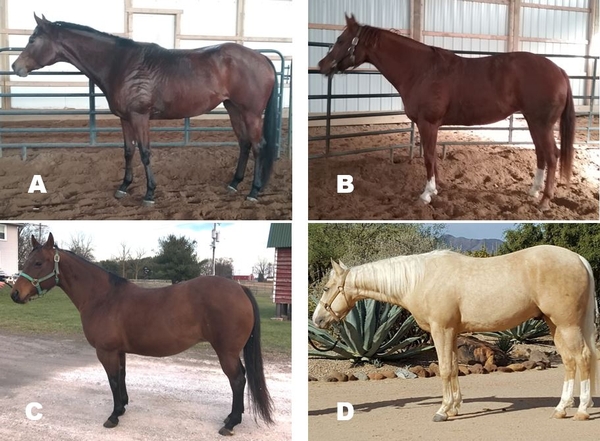
In this class, we are evaluating four American Quarter horses. These horses are being identified as A, B, C and D. How would you place them? Scroll down below the pictures to see how we placed them and why.
Continue reading …$50,000 Available For Researchers Investigating Therapeutic Effects of Horses on Humans
June 6, 2019 Comments Off on $50,000 Available For Researchers Investigating Therapeutic Effects of Horses on Humans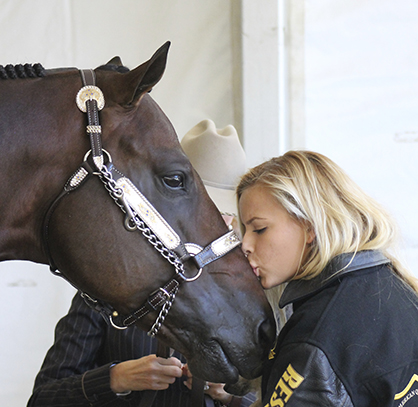
The Foundation’s broad research agenda includes basic research as well as clinical studies that will ultimately impact physical and mental health and quality of life for those engaged in equine-assisted activities/therapies (EAA/T).
Continue reading …Mud Management Key to Equine Health And Safety During Wet Weather
June 5, 2019 Comments Off on Mud Management Key to Equine Health And Safety During Wet Weather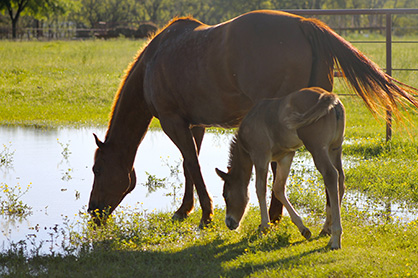
Lea went on to detail that field rest periods should be a minimum of one week, but that resting for two to three weeks is ideal. Field soil samples should be taken every 2 to 3 years and only the needed amendments applied, she said. However, nitrogen can be applied twice every fall without a soil test, at 60 to 80 pounds of urea per acre, she explained, but cautioned that no amount of fertilizer can make up for poor management. Though traditionally a mixture of tall fescue, Kentucky bluegrass, orchardgrass, white clover and some ryegrass is planted in September, farm owners can seed just ryegrass during much of the year to quickly fill in high-traffic areas for short-term cover.
Continue reading …A Stable Stomach- Equine Ulcer Prevention
June 4, 2019 Comments Off on A Stable Stomach- Equine Ulcer Prevention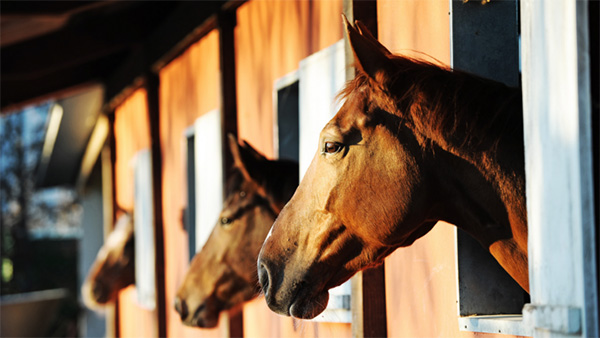
Ulcers — particularly those of the gastric variety — are one of the most hotly discussed and debated subjects among horse owners today. Performance problems? Must be ulcers. Attitude issues? Probably ulcers. Poor appetite? Have you checked for ulcers? You get the idea.
Continue reading …


